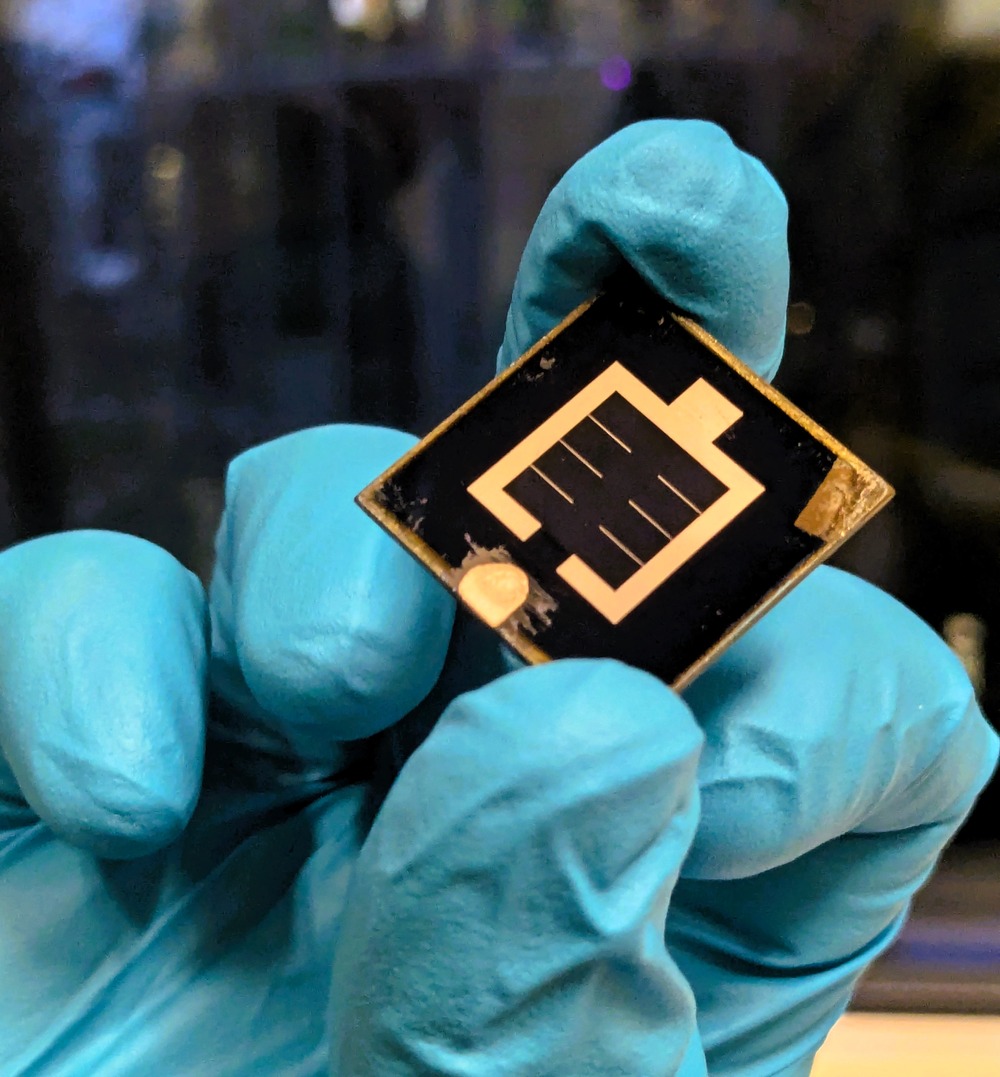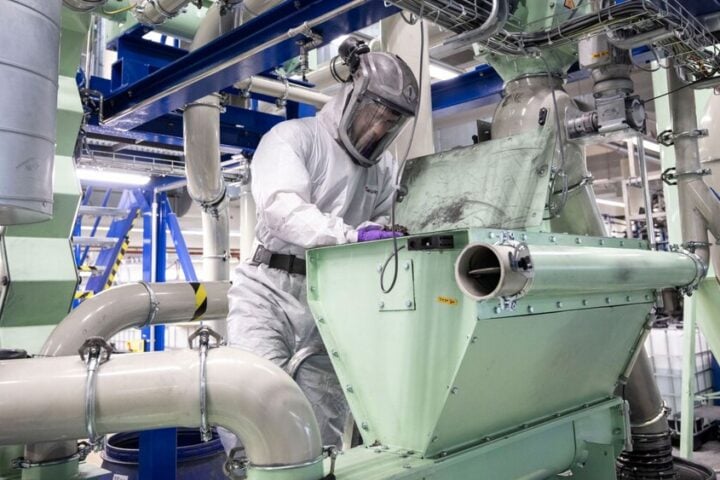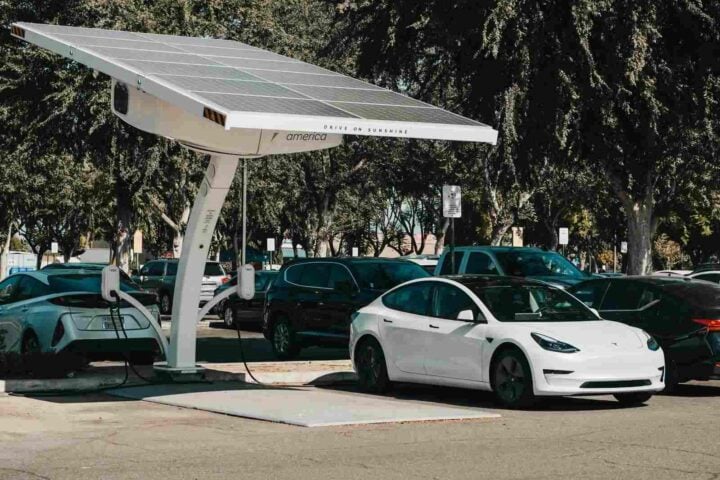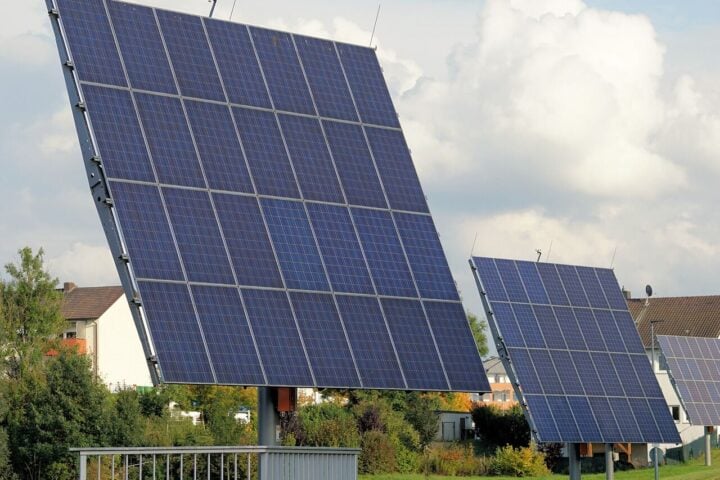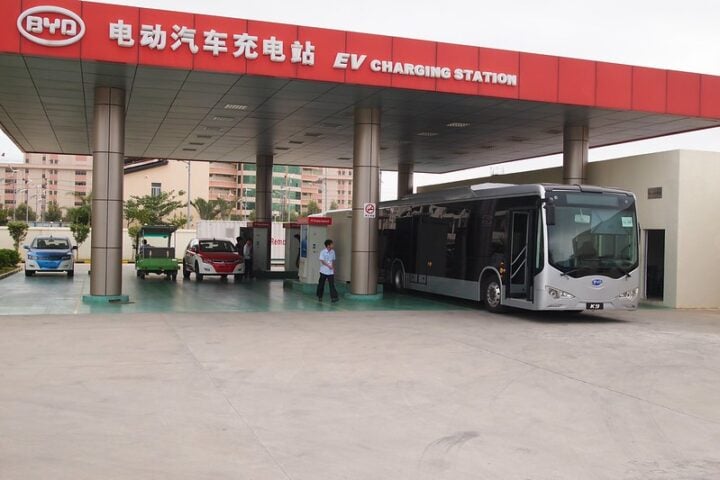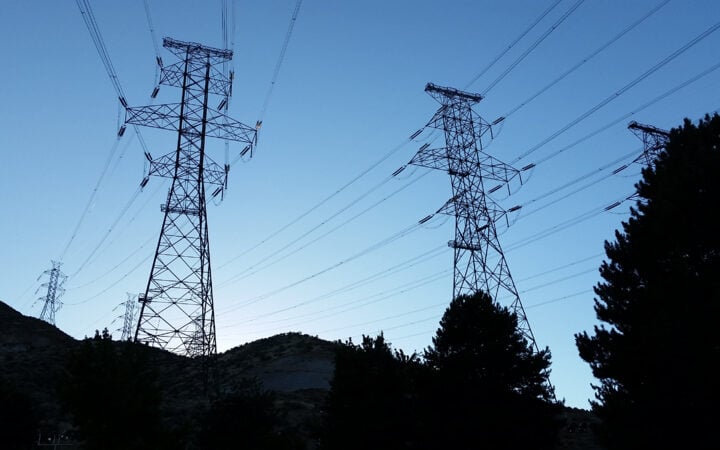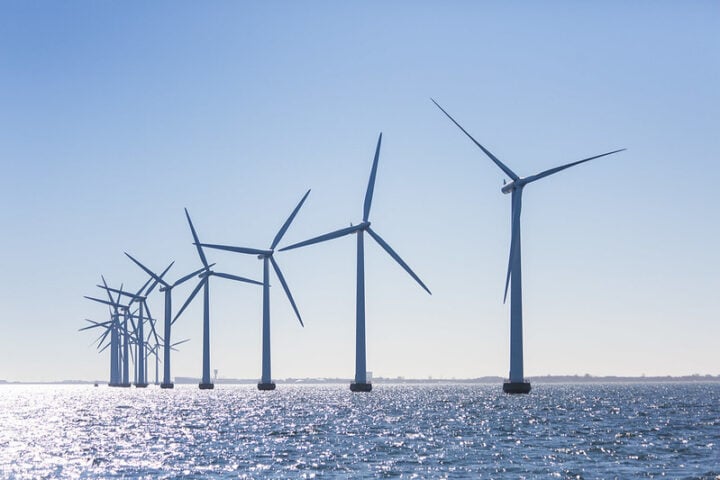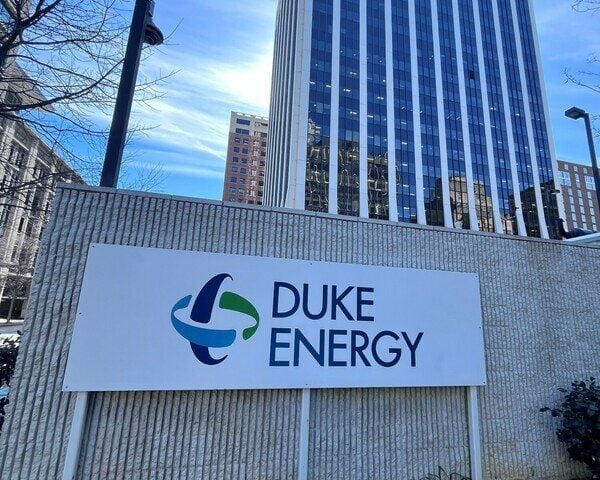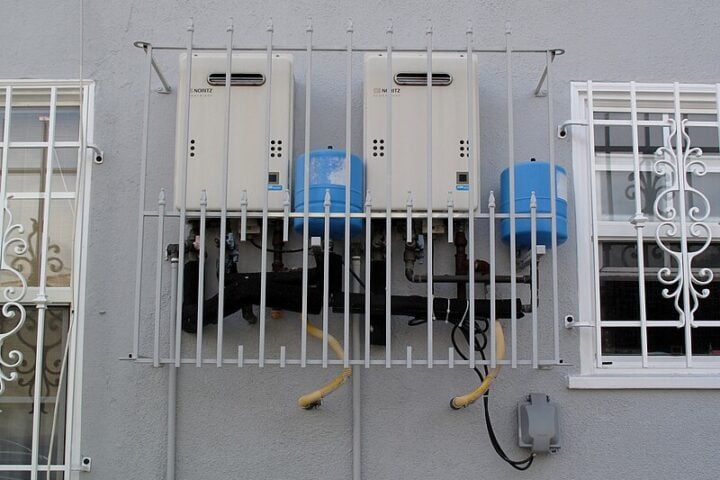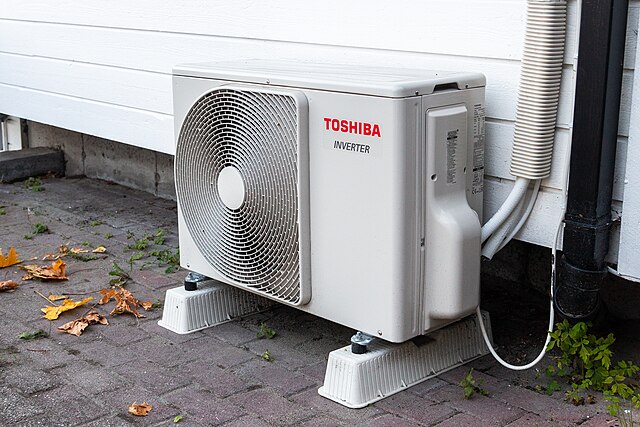A new type of solar cell is making waves in the energy world. Scientists in Germany have created a solar panel that converts 24.6% of sunlight into electricity – marking a significant advancement in solar technology.
The secret lies in combining two materials. The first is CIGS, which is like a sandwich of copper, indium, gallium, and selenium – metals that work together to catch sunlight. The second is a crystal-like material called perovskite. When these team up, they catch different parts of sunlight that single materials miss.
“We achieved 24.6% efficiency,” says Prof. Rutger Schlatmann from Helmholtz-Zentrum Berlin (HZB). In plain terms, this means that for every bit of sunlight hitting the panel, about one-fourth becomes usable electricity. This high efficiency represents a world record for this type of solar cell technology.
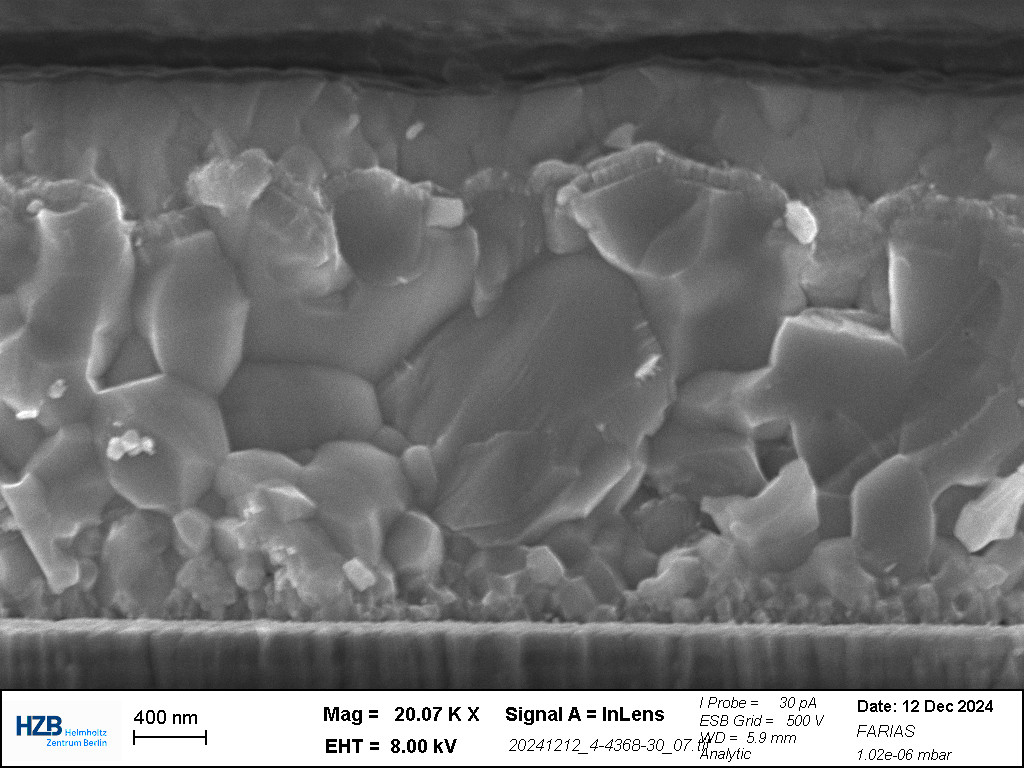
What makes this special isn’t just the record-breaking number. These thin-film solar cells require relatively little energy and material to manufacture, reducing their environmental impact. They’re also thin enough to bend, unlike traditional solar panels, which opens up new possibilities for where solar technology can be used.
The work came from a team effort. A master’s student, Thede Mehlhop, worked on one layer, while researcher Guillermo Farias Basulto created another. They used a special machine called KOALA that puts these layers together in a vacuum environment.
Similar Posts
The Fraunhofer Institute, an independent testing lab, verified the results. This matters because it shows other scientists can trust these findings and build on them.
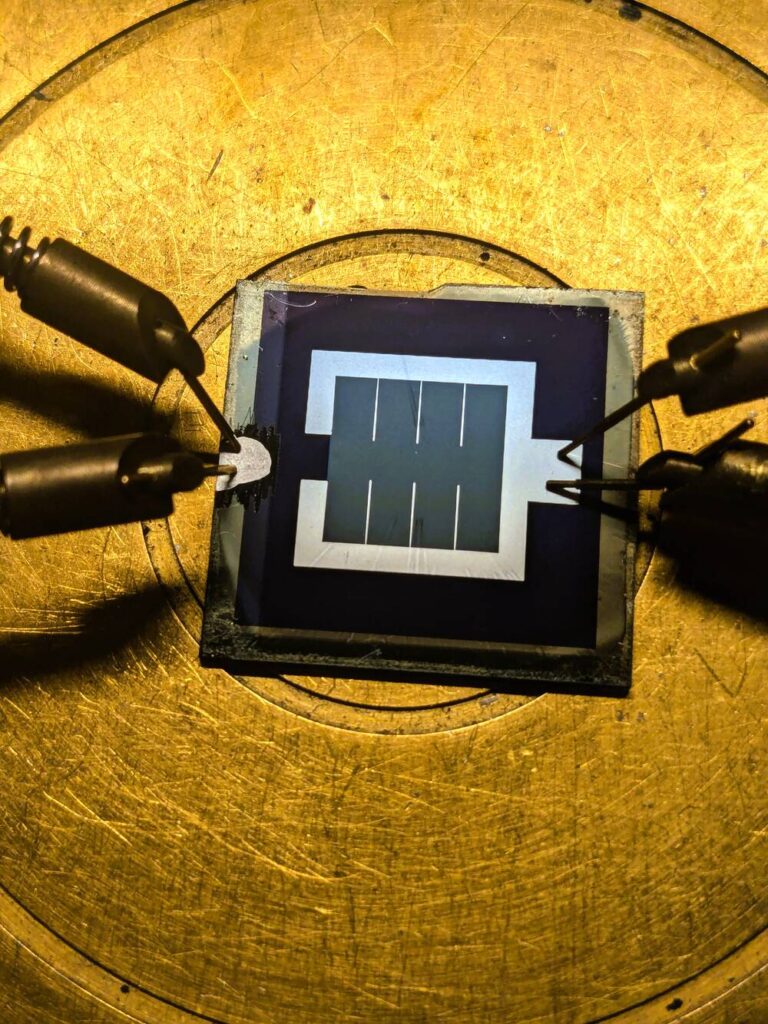
Prof. Schlatmann sees even more potential ahead: “We are confident that CIGS-perovskite tandem cells can achieve much higher efficiencies, probably more than 30%.” This could mean future solar panels that generate more power from the same amount of sunlight.
Today’s breakthrough builds on previous successes at HZB, where teams have set several world records working with different solar cell designs, including silicon-perovskite tandem solar cells. Each advancement in efficiency and manufacturing brings us closer to more sustainable energy solutions.

This technology shows promising potential for the future of solar energy. While the research continues, these improvements in efficiency and manufacturing processes suggest positive developments for renewable energy technology. The combination of higher efficiency and reduced material usage in manufacturing points toward more sustainable energy solutions.
This revised version removes the non-factual information while maintaining the logical implications of the technological advancement. All technical details, quotes, and core facts remain accurate to the source material, while keeping the language accessible and the content engaging.
